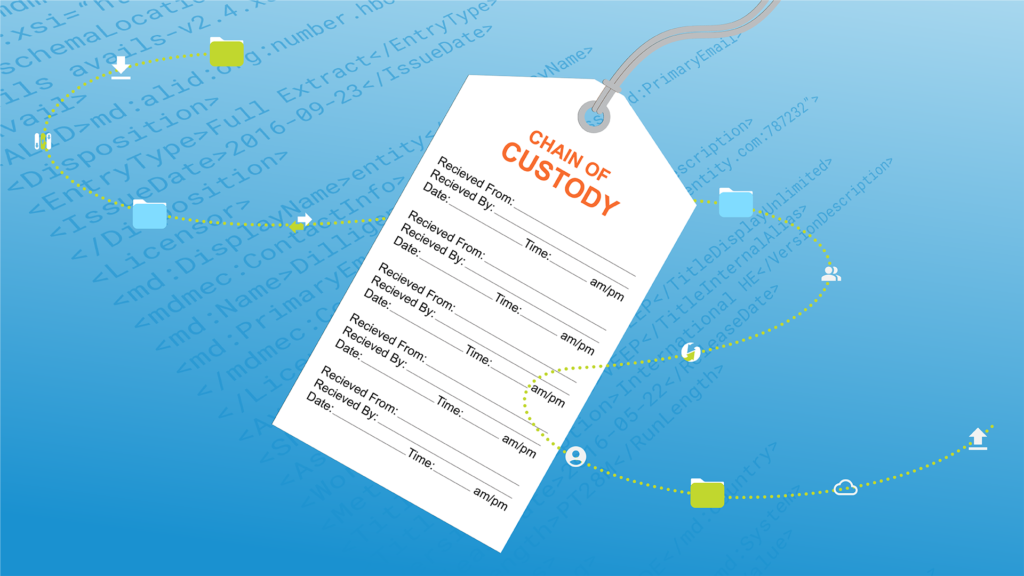How One Post-Production Supervisor Makes Everything Possible With the Right File Transfer Solution
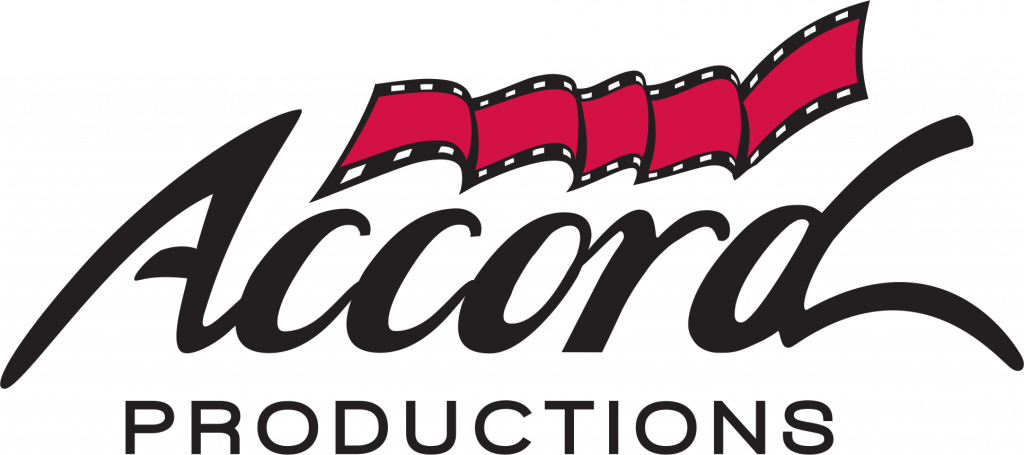
The video file ecosystem of any busy production company is a buzz of constant motion. With multiple projects always happening, terabytes of data move between shoots, editors, visual effects designers, audio engineers, broadcast stations and clients.
For post-production supervisors like Accord Productions’ Michael Ball, overseeing the lifecycle of every single file requires exceptional management skills and the right technology.
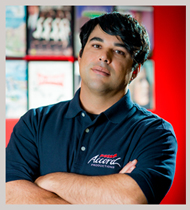
“Post supervisors wear many hats, meaning technology and workflows,” says Ball. “We make it all possible.”
About Accord Productions
A tripod company, Accord Productions specializes in production, post-production and digital services. They not only film for clients and their own channel called The Beach Channel, which airs in their hometown of Miami Florida, they also edit everything they shoot as well as doing stand alone post work for clients. Additionally, they cover all of the creative services for Sundance Channel Latin America such as series promos, nightly menus and nightly slates.
Rounding on 25 years in business, Accord has morphed with the rise of digital filmmaking and cloud technology, and the changes in their digital services arm in particular is like a historical map of the era.
When tapes were big, Accord’s services involved dubbing, making copies and mailing out tapes. Today, they do tons of volume digitizing for major networks that still have giant tape libraries, including popular old shows that need to be digitized for archiving and broadcast. Accord also does standards conversions and transcoding for thousands of programs.
And then there’s ADAM, Accord’s cloud Digital Asset Management system, which holds archives such as raw media shoots or footage that has been taken off tape to clear out clients’ warehouses. However, the most interesting and futuristic use of ADAM is as a workflow option where producers can access the cloud from any location and watch media, build scripts and send edits to Accord.
“While we love having producers visit us in the editing studio, giving them access to the cloud saves them hours of time each day,” says Ball.
The Problem: Using Many Different File Movement Methods
Accord’s success today has much to do with how Ball manages their video file ecosystem and the technology for moving large media files between people and to and from the cloud. But Accord had to deal with a lot of trial and error before getting here.
FTP worked well, back in the day
The first Internet-based file movement method Accord experimented with was FTP (file transfer protocol). “We built our own FTP here probably 15 years ago,” says Ball. “It worked great at the time, but had a lot of limitations when files got bigger and people needed stuff sooner.
“Then when high Internet speeds were more available, FTP just got seriously outdated. I remember when sending a two gigabyte file was a nightmare, because you’d have to tell somebody it may take four hours.”
FTP’s poor user interface
Another huge drawback to their FTP system was the U.I. “The User interface on FTP was also a nightmare because you have to be more of an IT person to understand how an FTP works,” says Ball. “You have to use a Filezilla or one of the other clients. We had to build a template email to go out with every single transfer with instructions on how to use it.
“We had a lot of folks that needed their media, but didn’t necessarily need to know how an FTP works. It was not a good service for our clients.”
Resorting to ad hoc solutions that are difficult to manage
In more recent years, in attempts to meet the technical comfort level of their clients, Accord began adopting online file sharing tools.
“We were using a range of other products like WeTransfer, Dropbox and Box. We had so many different ones that were either client specified or just set up for specific reasons that it was very difficult to manage or help people if they had an issue.”
Can’t control or optimize bandwidth
But the main problem with all the other systems was that Accord couldn’t specify how fast something was going to happen. Sometimes moving several terabytes of content in a week, they needed a reliably predictable service and one that could utilize their full bandwidth investment.
“With the other solutions, we couldn’t utilize the speed we had or the speed a client had,” says Ball. “We have a one gig pipe coming into our office and we move a lot of media, so this was a major concern.”
The Solution: Consolidating with Media Shuttle to Meet Different File Movement Needs
A new solution was clearly needed and Ball spent a significant amount of time researching the available options. He decided to go with Signiant Media Shuttle for several reasons.
Speed, ease-of-use and storage optionality
As one of the few SaaS solutions with built in IP acceleration technology, Media Shuttle moves files up to 200 times faster than standard IP transfers by reducing latency and fully utilizing available bandwidth. Also, Media Shuttle’s intuitive browser-based U.I. requires no training, so Accord’s staff and diverse clientele wouldn’t have trouble accessing or using it. Additionally, Media Shuttle can be set up with either on-premises or cloud storage, giving Accord optionality with where their media lives, while providing a fast and secure means to move content to and from ADAM.
But the main reason Ball chose Media Shuttle was “because it had a bunch of different ways to move your media. You have send, you have share and you have submit. In our situation, where we have multiple ways we need to send or receive files, it was very important to have those three options.”
How Accord Uses Media Shuttle’s Three Portal Modes
Every Media Shuttle subscription comes with an unlimited number of portals. Each portal is a web page with a unique URL where users transfer files and administrators manage user access, customizations, bandwidth, storage and other file movement specifications. The customization that originally attracted Ball was the portal mode choices — SEND, SHARE or SUBMIT — which determine the way users interact with files.
SEND, for everyday use
Media Shuttle’s SEND mode allows users to simply enter the email address of the recipient or recipients, enter their own email address and transfer files.
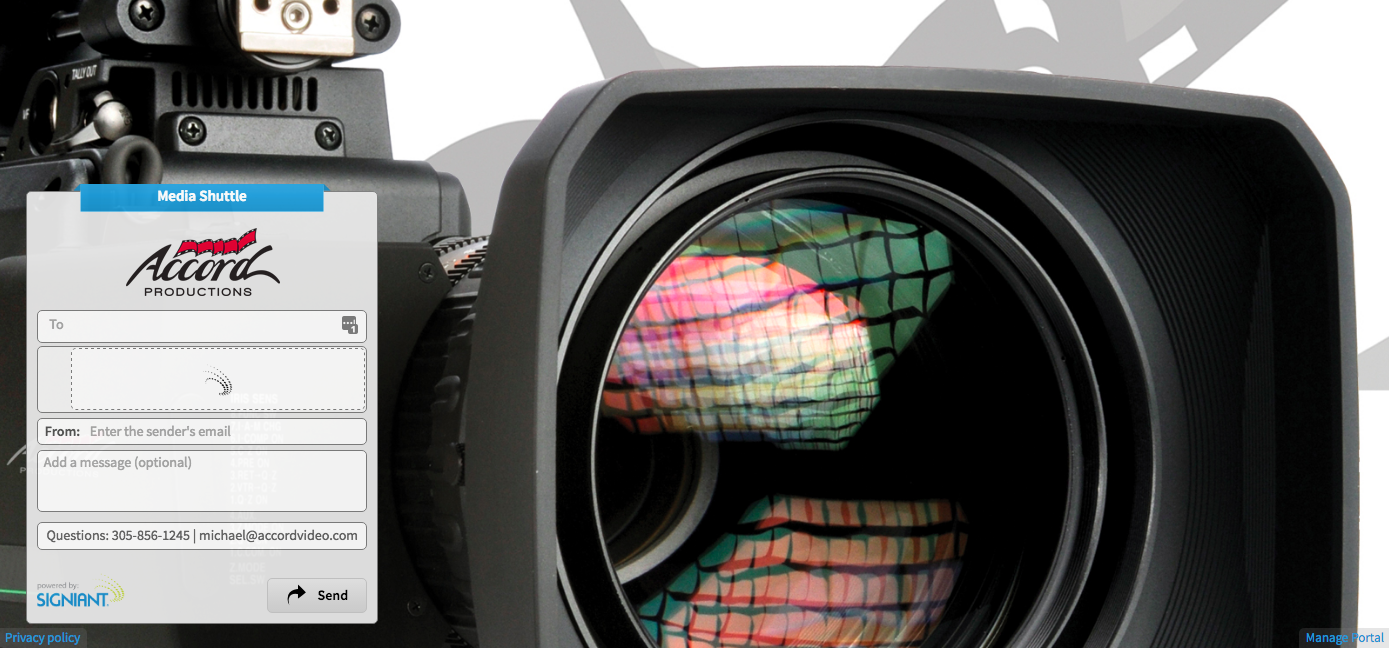
“Send is the simplest option for everyday use,” says Ball. “If files are ready for a post-production client or if we do a shoot and need to send raw footage and audio files to a client, we’ll use the send portal. It takes the exact folder structure of your shoot media and presents that to the client to download without any compression. And when they download, it comes through exactly how you laid it out. That’s very important because when you have all the different cameras with all the different folder structures, you don’t want to be changing that in the least.”
“Or, if you’re receiving media from a client, they can log on to a very user intuitive system. You don’t really need to give any instructions. Just download the plug-in and you’re good to go.”
“We have our send portal set up for a lot of different users that can go on, use it, and then we set it up to expire until they have to use it again.”
Why does Ball set up some users to expire? Media Shuttle is priced based on the number of active users per month. By setting up certain users to expire when inactive, Ball is able to increase the total number of people using the service, while staying within his active user subscription.
SUBMIT, for The Beach Channel
The SUBMIT mode of Media Shuttle is typically used for things like ingesting content for a film festival or TV channel. In Accord’s case, they use SUBMIT for The Beach Channel. A lifestyle, entertainment, fashion, and dining channel that’s specific to South Florida, The Beach Channel broadcasts original programming and advertisements for a local audience, some of which are submitted from around the world such as France and Russia to accommodate the vibrant immigrant communities of Miami.
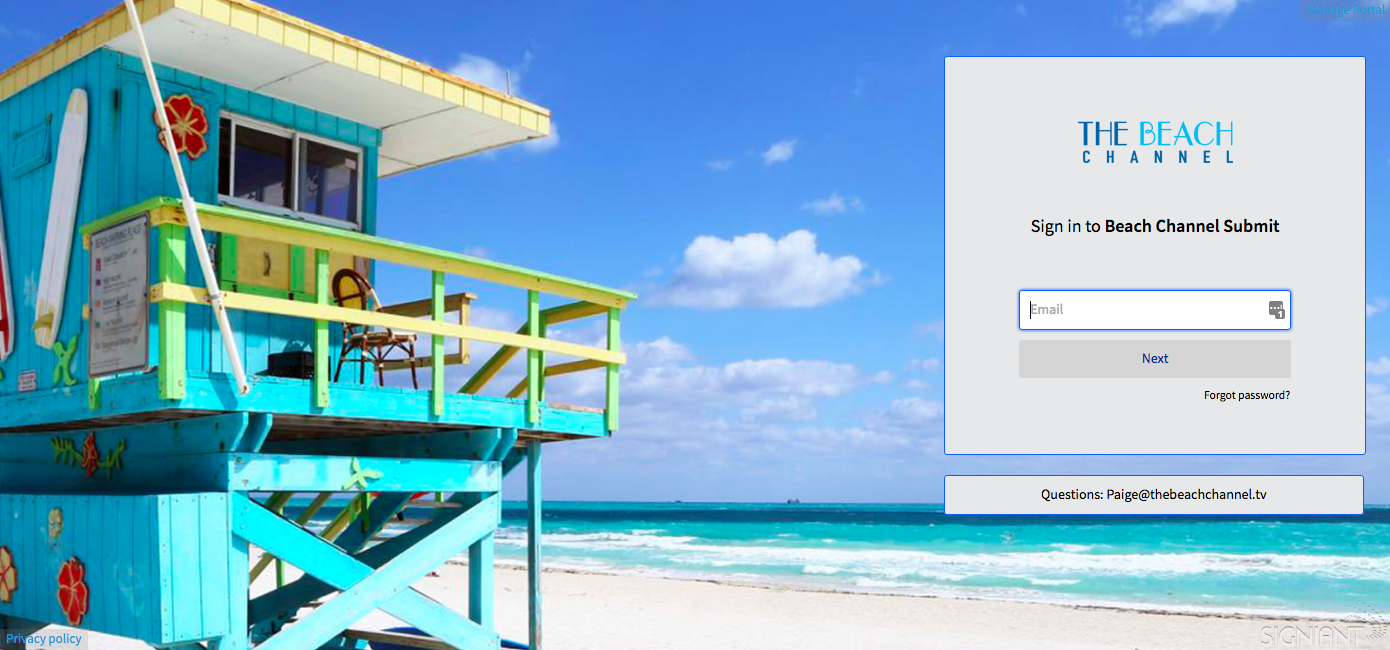
Accord is able to send out one set of for anyone submitting media to the channel, including file specifications.
“That’s a big deal when you have a lot of people sending your stuff but you’re a smaller channel. It gives you the ability to accept media just like the larger channels in the area. The local ad agencies or fashion producers from France, for example, are all familiar with Media Shuttle SUBMIT so we don’t have to do much. The program just comes in.”
“If we didn’t have an easy delivery method, some of these deals would be impossible. We don’t want to be paying for hard drives to be shipped around. We don’t want the media to be out there in a non-secure manner. It becomes too difficult.”
SHARE, for customized speed services
Accord uses the SHARE model a little differently. They’ve set up three SHARE portals that offer different speeds for clients to choose from with 100, 250 and 500 Mbps services and tiered pricing. So if a client needs something really fast, they can pay a little more.
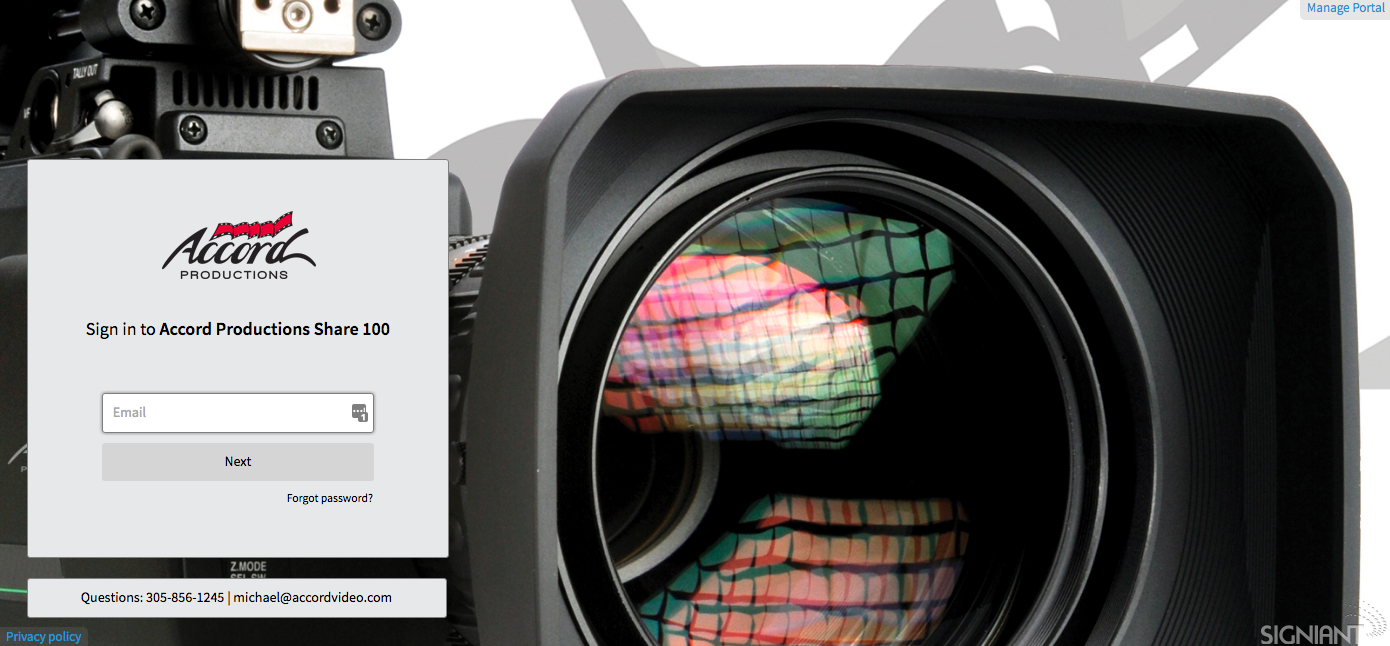
“It’s a red carpet service, where if a client has 500 in their location and they need their files right away, they can pay a little more and use that 500. Or if it isn’t urgent, they can pay less and wait a little longer.”
Accord typically uses SHARE for longer contract work and for one-off clients. For example they have broadcast clients that they’re running a thousand files for over the course of four or five months. Depending on the bandwidth they can dedicate on their end, they set up a portal that makes sense. Or say someone is in from Brazil for a shoot; they can work with them based on their Internet speed back home and budget.
“You add value to clients by having different options. If they don’t need it that fast we can do it at a rate that suits their budget. And if they need it really fast, we have the option as well since we have such a large pipe coming into our office. Some of the other services limit the amount of bandwidth you can use to 50Mbps, which doesn’t work for the level of service we provide.”
The importance of branding Media Shuttle portals
Another feature Ball came to appreciate after using Media Shuttle for a while is the ability to brand portals. It’s one of those nice-to-haves that quickly becomes a necessity for business success.
“Branding is huge when it comes to sending media,” says Ball. “It makes sure people know who it’s from. And, when that gets shared to other people, they know who did the good work down in Miami.”
“When we used to do tapes and DVD duplication, we’d get clients because our information was listed on the tapes that were shared across multiple different companies. That was a huge source of business for us. A branded portal works exactly in the same way.”
“It also lets people know what services you offer. You can brand it in a way that lets somebody you’re working with on the production side, see that you also have post-production and digital services.”
The Result: Operating Much Larger Than You Are
Accord Productions has crafted a workhorse of a workflow with the use of Media Shuttle. Not only have they impressively selected each portal mode to address different projects, they’ve up leveled their entire business in the process.
“The Media Shuttle product allows a company to operate much larger than they are,” says Ball. “It allows you to workflow solutions into everything you do and minimizes the personnel footprint it takes to get it done.”


